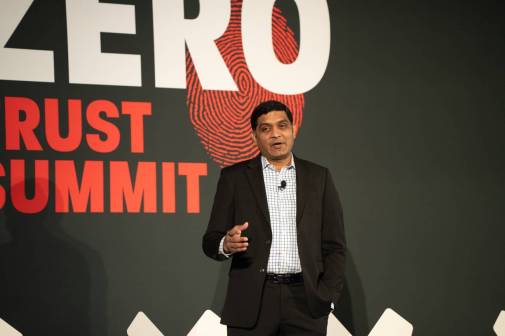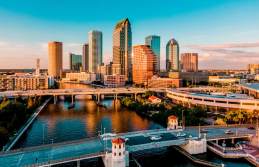People are the key to accelerating tech strategy in today’s cities

The heartbeat of every city comes from the people who live there.
A city is only as valuable, profitable and productive as the people who inhabit it. When we want to have a conversation about smart cities, we need to start with the building block of society: people.
People come from every walk of life. They carry their own experiences, backgrounds and expectations. For me, that couldn’t be more true.
I grew up in Pilsen, one of the poorest neighborhoods in Chicago, where everything I did required human engagement and hands-on interaction to build up my experience. I had to be adaptive to survive. Drugs, violence and gangs were abundant at every turn. For me, falling into a violent, drug-addled life wasn’t an option and I had no support system.
Instead, my strongest asset was my ability to innovate and adapt. Poverty and crime are developed and maintained in a cycle, controlled by culture, reinforced by a lack of education, and I had to break that cycle.
My only hope was to change the way I — and those who grew up the way I did — lived. Technology gave me the tools to do it.
Necessity inspired innovation in the most human way possible for me — there was no Wi-Fi, 5G, digital apps or drones, just old-fashioned TV sets, stoop chats and local hangout spots where we’d share coffee over news.
My friends and I stayed up until all hours of the night dreaming about the future. Despite its challenges and poverty, my community felt safe, smart and supported, by people; we took care of each other, even though we had nothing.
But something was still wrong.
Dreaming of a smarter future
The natural progression of growth within cities requires us to think bigger. In cities, the population is growing at an accelerated pace, leaving city infrastructure, safety and public services at a standstill.
Today we should be inspiring innovation within every child’s imagination by giving access to the technology that will equalize creativity, safety and potential across every community.
But to truly transform cities, we have to acknowledge and agree that technology enables a new value proposition, cost structure and way of living.
We are not the same people we were 15 years ago. We can’t live with the same infrastructure that served us decades ago. We need to adapt and evolve as human beings in order to leverage the connectivity and intelligence that the modern world presents to solve some of our biggest challenges.
This technology is already available to us. More than 40 billion internet-of-things devices will be installed by 2020, and we expect $6 trillion to be invested into IoT solutions over the next half decade.
Cities without the right vision, plan, talent and funding will not reach their full potential of providing the required efficiencies, sustainability or profitability.
Focus on people
People need to be the basis of any U.S. city’s technology strategy.
A city’s strategy should leverage a framework that can scale, as well as replicate and deliver measurable results. The strategy should also be focused around solving the challenges cities are facing: homelessness, population growth, new public safety needs and the transformation of public transit.
Through new forms of public-private partnerships, cities can embrace technology solutions to address those challenges. Better yet, many of these solutions can even be deployed at no cost.
When mayors and other city executives break through the bureaucracy of City Hall, and instead find the opportunity to collaborate across cities, partners and the community, they create big change.
In cities like Miami, Denver and Los Angeles, we see power-movers like Mayors Francis Suarez, Michael Hancock and Eric Garcetti. Other mayors, like Steve Adler in Austin or LaToya Cantrell in New Orleans, bring technology to the top of their planning and their conversations about the future of their cities.
Thanks to their efforts and others, cities are following their lead and working to reshape public partnerships to accelerate new IoT plans.
By connecting devices, people and services, cities can respond to issues in real time while allowing the expansion of a new digital experience across departments. To see the success of this transformation, cities need to draw on real-time data and analyze the results by examining city management, citizen engagement, quality of life, education, safety, transportation and sustainability. With a new approach, a city can meet the demands of its people without bureaucracy getting in the way.
The limitations of growing up in a poor neighborhood, like the one I grew up in, should no longer be barriers to success for kids in any community. Instead, through the embrace of IoT and the acceptance of this transformation, we will deliver a smarter future for everyone. And it can start today.
George Burciaga leads Ignite Cities, a global consulting practice that provides resources to mayors and city leaders pursuing “smart city” technologies.






